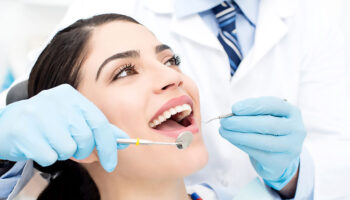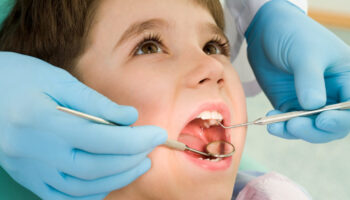Varicose veins are enlarged, twisted (gnarled), swollen veins commonly seen in your lower legs. These occur when your veins become dilated and overfilled with blood, which typically appears raised, and has a bluish-purple, or reddish-green appearance. They can be extremely painful causing discomfort and negatively impacting your quality of life.
The treatment for varicose veins in South Carolina involves a comprehensive and holistic approach involving invasive and minimally invasive surgical treatment options. Read on to learn more!
How are varicose veins treated?
Treatment of varicose veins depends on the stage and severity of the condition, although you cannot permanently cure it. Treatment usually helps to cosmetically benefit the appearance of your legs and provide relief from symptoms like pain, swelling, and skin changes.
Surgical Treatment
- Your doctor may recommend surgery if the above conservative methods fail to provide relief.
-
Invasive Surgery
-
Vein Ligation and Stripping
-
-
- This is a traditional surgery performed under general anesthesia (a numbing agent that sedates your whole body and puts you to sleep during the surgery).
- The procedure involves large, extensive incisions or cuts, to access the affected vein which is surgically removed (stripped).
- The cut ends are tied together (ligated) to stop the blood flow.
-
-
Minimally invasive surgery
-
-
- The procedure involves small incisions or cuts to access the affected vein.
-
-
Ambulatory phlebectomy
-
-
-
-
- This procedure helps to remove varicose veins close to your skin surface.
- It involves small cuts made to access the affected veins, and removal of the varicose part of the vein.
-
-
-
-
Sclerotherapy
-
-
-
-
- Your doctor will inject a special chemical solution directly into the affected vein, which causes the vein walls to stick together.
- These form scar tissue which eventually fades away.
-
-
-
-
Endoscopic Vein Surgery
-
-
-
-
- During this procedure, your doctor will make small keyhole-sized incisions near the affected vein.
- A special medical device known as an endoscope (a medical device that consists of a tiny camera and light source) will be inserted through the incision to gain access and capture images of the surgical site.
- Tiny surgical instruments will be inserted through other incisions to remove the varicose vein.
-
-
-
-
Radiofrequency Ablation
-
-
-
-
- This procedure involves using a device that emits radiofrequency energy to heat the vein walls.
- The heat destroys the walls of the varicose vein and seals it.
-
-
-
-
Laser Vein Surgery
-
-
-
- Laser treatment involves using a beam of laser targeted at the varicose veins.
- The light energy emitted from the laser source penetrates the tissue layers and gets converted to heat energy to close the diseased or varicose veins.
-
-
Varicose veins can be distressing due to their unaesthetic appearance and the pain that could negatively impact your quality of life. If varicose veins bother you, then seek help from a healthcare professional, and discuss the treatment option that best suits you.




